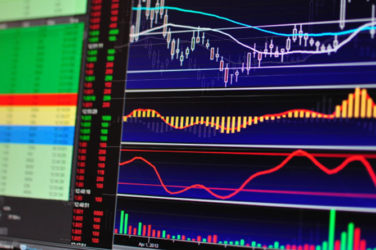
Algorithmic trading, while often used interchangeably with automated trading, is far from automatic.
In fact, there is still a great deal of human intervention required in calibrating outgoing orders to multiple broker algorithms that are similar but not identical.
“For our buy-side users, one of the bigger workflow challenges is contending with disparate terminologies and parameter settings found on their various destination tickets,” said Erin Sheehan, product strategist for Newport, an execution management system offered by agency-only broker Instinet.
Instinet has enhanced Newport with OneTicket, a function that enables users to interact with similar broker algorithmic strategies in a uniform manner.
“With brokers offering more and more algorithms, it’s imperative that institutional traders have the capability to access similar algos across multiple brokers,” said Sheehan.
OneTicket solves this issue by creating a single consistent ticket interface, thereby easing a logistical challenge and reducing operational risk.
With OneTicket, parameters are set once and normalized across multiple counterparties via a universal destination ticket, which also eases transaction cost analysis comparisons, Sheehan said.
Buy-side firms are building out their platforms for algorithmic trading and for trading in general, in large part as a response to broad changes in market structure.
Currently, buy-side firms spend less than 20% of their IT dollars on new software and IT development, and over 80% is used simply to maintain and operate current applications, “a situation of underinvestment which is unsustainable”, according to research firm Celent.
For brokers and technology vendors, “adapting trading technology to market structure has been a constant, almost obsessive, pursuit since Reg ATS in the 90s and Reg NMS in the previous decade,” said David Zinberg, principal, financial services and insurance, capital markets, at IT services firm Infosys.
“The cycle of structural innovation and technological adaptation may be viewed as a virtuous circle—or a vicious circle, depending on your point of view,” said Zinberg.
Advances in technology generate significant market structure change—for example, the proliferation of electronic communication networks in the late 1990s—and this forces market participants to build adaptive technologies, such as smart order routers to access the fragmented liquidity.
“Such innovation, in turn, inspires even more sophisticated market structures, such as broker dark pools,” said Zinberg.
The addition of OneTicket is one of several significant workflow enhancements to Newport, according to the company.
For example, users now have the ability to set a range of default ‘secondary symbols’ against which the primary symbol’s price is compared.
This provides a simplified view of the relative relationships between, for example, an American Depository Receipt and its ordinary shares, a stock and its options or the fungible symbol in U.S./Canadian inter-listed security.
Also, constraint functionality has been expanded to search for the opposite side of an order elsewhere on the user’s desk, enabling users to internalize orders before sending to the market or meet compliance requirements by verifying which brokers have already received orders in a particular name.




